Healthy soil is home to good bacteria, fungi, earthworms, and other living things that help the ecosystem stay balanced and cycle nutrients.
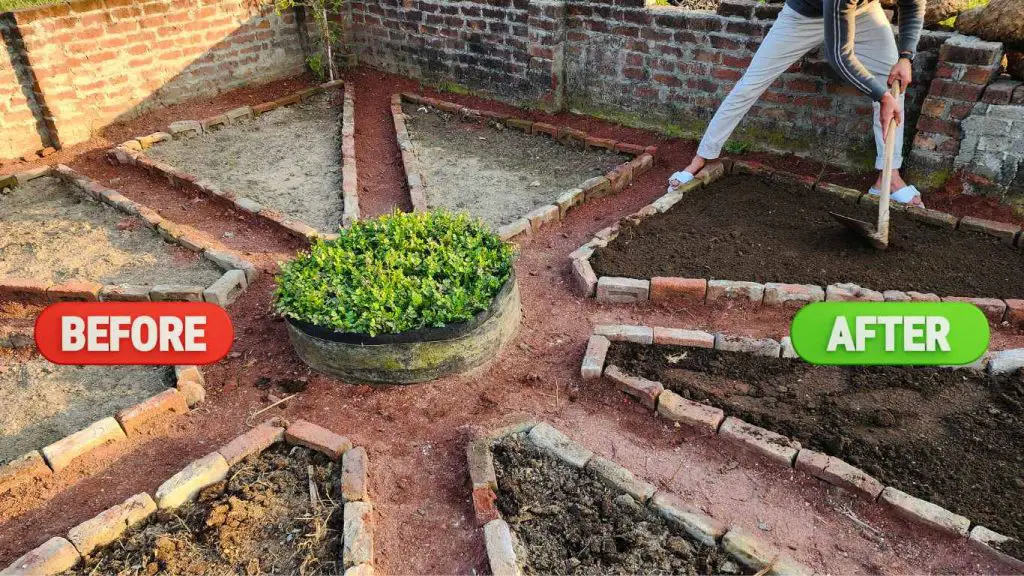
Taking care of your garden soil is important for its long-term success because it helps plants grow well and makes the environment more sustainable.
What Kind Of Ground Do You Have?
Right on! Different types of soil have different strengths and weaknesses, so it’s important to know what kind of soil you have and how it works.
Sandy soil is great for planting early, but it needs to be watered often. Clay soil is good, but it gets hard quickly. Because it has the right amount of sand, silt, and clay, loamy soil is great for gardening. It’s good for plants, but silty soil gets hard over time. Adding organic matter and gardening without tilling can help keep its structure and fertility.
By adding organic matter, rotating crops, using cover crops, and disturbing the soil, you can improve its health by encouraging microbial activity, building up the soil, and making nutrients available.
Here are 10 things you can do to make your garden soil better, no matter what kind of soil you have:
How to Keep the Ground Healthy?
Improving garden soil is important for making sure plants grow well and the garden does well. Here are ten good ways to make your garden soil better:
1: Adding Compost
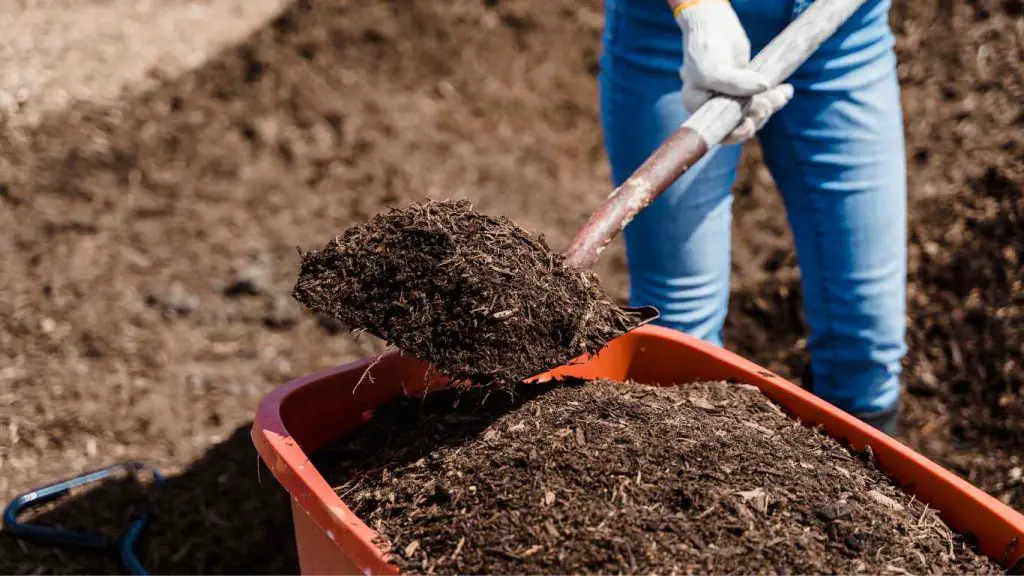
Composting is a method that improves garden soil by decomposing organic materials like kitchen scraps, yard waste, and plant debris into nutrient-rich compost, providing numerous benefits.
Organic matter and nutrients
By adding organic matter, compost improves the structure, aeration, and water retention of soil. This is especially helpful for sandy or compacted soils. It also gives plants nutrients by breaking down slowly, which helps them grow.
Activity of Microbes
There are many helpful microorganisms in compost, such as bacteria, fungi, and earthworms. These microorganisms break down organic matter, release nutrients, and make the soil healthier. Soils that are acidic or alkaline can be balanced by its neutral pH, and its organic matter keeps water in the soil.
Composting is a sustainable and eco-friendly method that enhances soil health and minimizes waste by recycling organic materials back into the garden ecosystem.
Related Article: 10 Magical And Organic Fertilizers For Your Vegetable Garden
2: Mulching
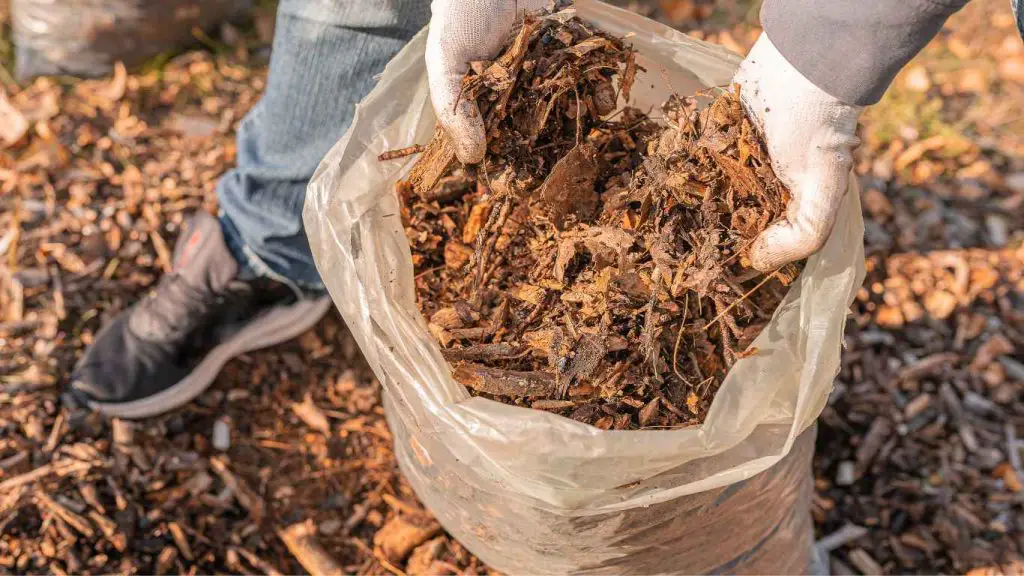
Mulching is crucial for preserving the health of the soil and encouraging plant development.
Moisture Retention
In hot, dry climates or during droughts, mulch helps retain soil moisture by decreasing evaporation. It also serves as a barrier against weed seeds, preventing competition for water and nutrients.
Controlling Soil Temperature to Prevent Soil Erosion
Mulch ensures the stability of plant roots by insulating the soil, keeping it warmer in the winter and colder in the summer. Additionally, it stops soil erosion by binding soil particles together and shielding the soil’s surface from wind and rainwater erosion.
By gradually decomposing organic matter, mulches such as compost or shredded leaves enhance soil fertility, structure, and microbial activity.
Certain mulches—like cypress or cedar—repel insects, which lessens infestations.
Mulching is a straightforward but efficient technique that improves plant growth and soil health in gardens and landscapes.
3: Cover Cropping

Farmers and gardeners can improve soil health by using cover crops, which offer a number of advantages and techniques.
Nutrient Cycling:
By forming a symbiotic relationship with nitrogen-fixing bacteria, cover crops like legumes fix atmospheric nitrogen into the soil, enriching it with vital nutrients for plant growth and lowering the need for synthetic fertilizers.
Soil Structure Improvement
Deep-rooted cover crops, such as some grasses and daikon radishes, loosen up compacted layers, open up spaces for air and water to enter, lessen soil compaction, and encourage root development.
Erosion Control
By covering the soil, preventing wind and water erosion, and retaining soil particles during periods of high rainfall or wind, cover crops help reduce erosion.
Elimination of Weeds:
In order to reduce competition for water, nutrients, and sunlight, dense cover crop canopies effectively suppress weed growth. This lessens the need for herbicides and manual weed management techniques.
Retention of Moisture
By decreasing evaporation and functioning as a barrier to prevent water loss during hot and dry spells, cover crops help to maintain soil moisture levels. Additionally, they increase ecosystem resilience by giving beneficial insects, pollinators, and soil organisms a place to live and food sources.
By improving soil health, productivity, and sustainability while lowering dependency on outside inputs, cover crops enhance nutrient cycling, soil structure, erosion control, weed suppression, moisture retention, biodiversity, and more.
4: Crop Rotation
Crop rotation is a technique used in agriculture to increase crop productivity, control pests, and improve soil health. It entails planting different crops in the same spot over a period of time.
Control of Pests and Diseases:
When a crop is grown continuously in one place, pests and diseases may accumulate there. Crop rotation breaks the life cycles of pests and diseases, which lowers populations and lowers the need for chemical pesticides. Certain crops can naturally deter pests.
Stop Floodwater or Rainwater Runoff from Causing Degradation
Indeed, keeping floodwater and rainwater from degrading soil not only helps to preserve soil health but also enhances it.
5: Stopping Erosion
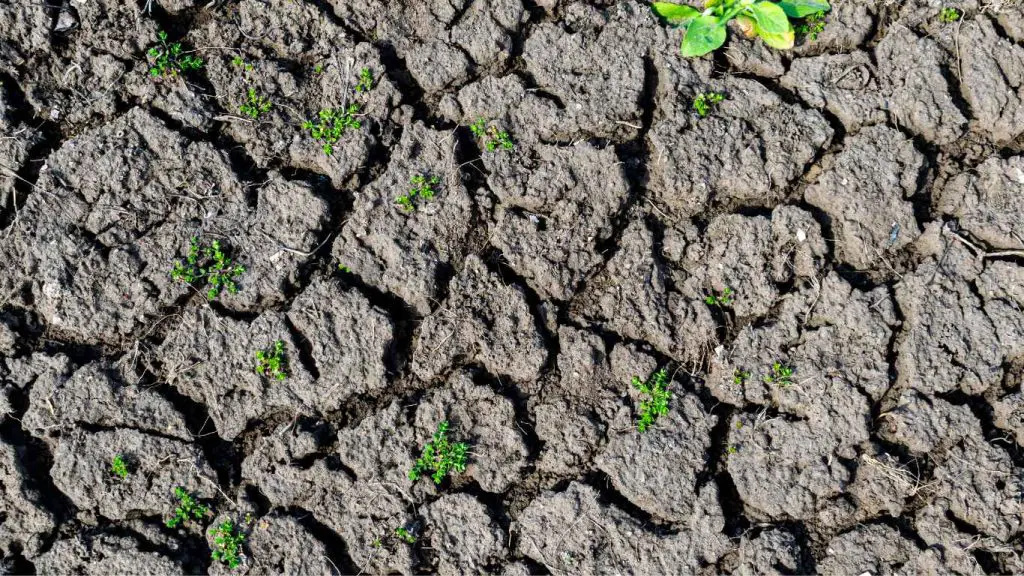
Reducing soil erosion, or the loss of nutrient-rich topsoil necessary for plant growth, is achieved by preventing runoff and flooding. Water flow is slowed down and allowed to seep into the soil, reducing erosion and protecting the valuable topsoil layer.
Improved Water Retention
Soil moisture levels are restored by water infiltration, which is essential for crop growth and plant development. This makes it possible for plants to get the moisture they require, which promotes healthier and faster growth.
Enhanced Soil Organic Matter
Flooding and runoff can cause soil nutrient loss, which lowers crop yields and compromises soil fertility. By reducing nutrient loss and maintaining soil fertility, these problems can be effectively managed to create healthier, more productive soils.
By putting strategies in place to stop floodwater degradation and rainwater runoff, soil health is improved, increasing agricultural productivity and sustainability.
6: Aeration
By allowing for improved air exchange between the soil and the atmosphere, aeration enhances the health of the soil by forming air channels within it.
Improved Oxygenation
Increased soil oxygen availability from aeration encourages soil organism growth and plant root respiration. Sufficient oxygen levels promote the breakdown of organic matter by aerobic microorganisms, which release nutrients and increase soil fertility.
Enhanced Water Infiltration
By lowering soil compaction, avoiding waterlogging and surface runoff, and guaranteeing that water reaches plant roots efficiently, aeration enhances water infiltration and lowers the risk of erosion.
Promotion of Root Growth
By allowing roots to spread and penetrate the soil, aerated soil facilitates root growth by improving the roots’ access to oxygen, nutrients, and water as well as by fostering the growth of stronger root systems.
Reduction of Soil Compaction
The tightening of soil particles known as soil compaction limits the movement of roots, water, and air. By generating space between the particles and enhancing the permeability and structure of the soil, aeration lessens this.
In order to promote healthy, productive soils, aeration is an essential component of soil management. This can be achieved naturally through processes supported by soil organisms or mechanically through tilling.
7: Adding Amendments
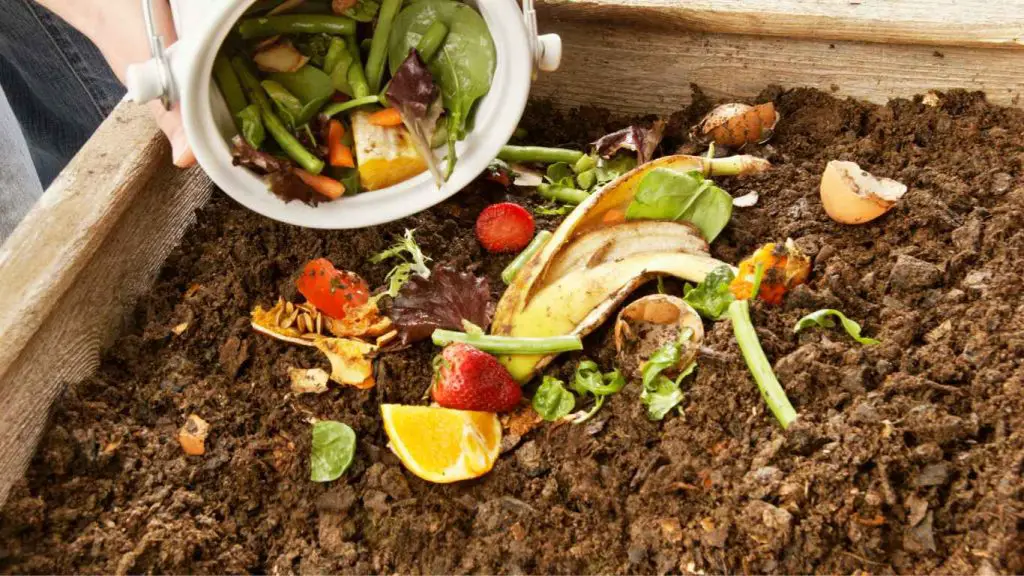
Materials known as soil amendments improve the physical, chemical, and biological characteristics of soil, thereby raising its fertility and quality.
PH Adjustment:
By modifying soil pH levels, microbial activity, and soil structure, soil amendments such as lime or sulfur can improve plant growth and nutrient uptake.
Enhanced Microbial Activity
Compost, bone meal, neem cake and manure are examples of organic amendments that increase soil microorganism activity. This promotes soil aggregation, organic matter decomposition, and nutrient cycling, all of which improve the fertility and health of the soil.
Promotion of Sustainable Practices
By lowering dependency on synthetic fertilizers and pesticides, enhancing soil health over time, and fostering resilience and productivity, organic soil amendments improve agricultural practices.
Long-Term Soil Health
By building up organic matter, enhancing soil structure, and balancing nutrient levels, regular soil amendments improve the long-term health of the soil and encourage productive and sustainable plant growth.
By optimizing soil health based on soil testing and crop requirements, soil amendments improve soil quality, fertility, and productivity, ultimately improving agricultural results.
Related Articles: How To Fertilize Soil For A Vegetable Garden
8: Add Plenty of Perennials
By increasing microbial activity, improving structure, and aerating the soil, perennials enhance its overall health. They stop soil erosion and add organic matter and vital nutrients. In addition to reducing soil erosion and preserving moisture, planting a varied variety of plants improves the fertility and aesthetics of gardens.
Deep Root Systems
Compared to annuals, perennial plants have deeper root systems, which improves soil health by facilitating better drainage, aeration, and water infiltration as well as increased nutrient access for plants and other organisms.
Improving Soil Structure
By binding soil particles together to form aggregates, perennial roots improve the structure of the soil, promoting the growth of plants and facilitating the effective movement of nutrients, water, and air.
Organic Matter Enrichment
As they expand and contract, perennials contribute organic matter to the soil in the form of stems, leaves, and roots. This organic matter breaks down over time and releases vital nutrients like potassium, phosphate, and nitrogen.
Conserving Moisture:
By providing ground cover, perennials lower water evaporation from the soil surface and maintain steady soil moisture, both of which are good for plant growth, particularly in arid periods.
Perennials are a great option for gardeners looking to improve soil vitality because they can be planted in a variety of ways and improve plant growth, soil health, and ecosystem resilience.
Related Article: 20 Low-Maintenance Perennials For Shade
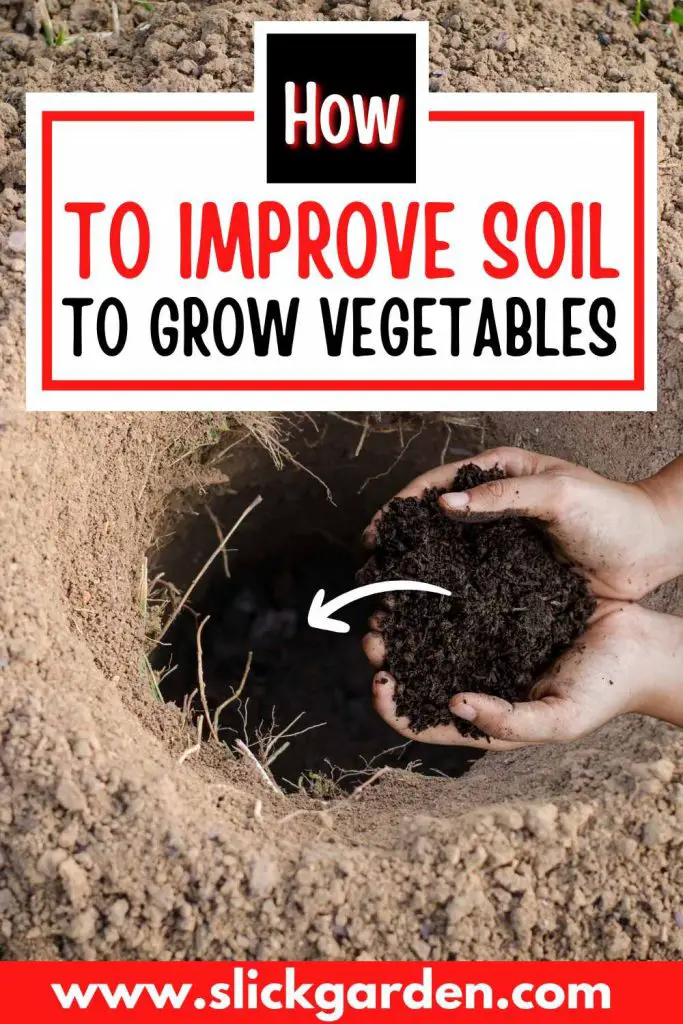
9: Maintain a Traffic-Free Bed to Lower Compaction
To improve soil health and lessen soil compaction, beds must remain free of traffic.
Reduced Compaction
Reduced compaction from heavy machinery or frequent walking on the soil limits pore spaces, air, water, and nutrient movement, and inhibits the growth of soil organisms and plant roots.
Preservation of Soil Structure
It is important to keep soil structure in garden beds intact for root development, water infiltration, and drainage. It is imperative to prevent compaction in garden beds as it can impede the establishment of plants and the absorption of nutrients.
Promotion of Root Growth
By allowing roots to spread out and explore the soil, traffic-free beds encourage root growth. This increases plant vigor and improves their ability to access nutrients and water.
Enhanced Soil Biology
Reducing traffic in garden beds can improve soil biology by fostering the growth of beneficial bacteria, fungi, and earthworms—all of which are important for soil fertility, health, and nutrient cycling.
In order to preserve soil structure, encourage root growth, and maintain a healthy soil ecosystem—all of which support plant growth and other vital soil functions for healthier gardens—garden beds must be kept free of traffic.
Related Article: How To Make A No-Dig Raised Bed
10: Minimize Tilling
Reducing or eliminating tilling can greatly enhance the structure and health of the soil.
Preserving Soil Structure
By dissolving aggregates and permitting air and water movement, tilling disturbs the structure of the soil. This eventually results in compaction and decreased nutrient absorption.
Promoting Root Growth
Reducing foot traffic in compacted soil encourages deeper root penetration, which makes it possible for roots to get water and nutrients. This allows roots to grow, which in turn encourages healthier, more robust plants.
Improving Water Infiltration
In compacted soil, keeping the beds free of traffic enhances water infiltration and reduces surface runoff and waterlogging. By maintaining the pore spaces and soil structure, improves water retention and lowers the risk of erosion.
Enhancing Soil Health
By encouraging beneficial organisms like earthworms and microbes, which contribute to nutrient cycling and habitat disruption, keeping traffic-free beds improves soil health.
In order to support healthy soil structure, root development, aeration, water infiltration, and general health—that is, to maximize plant growth and a flourishing garden ecosystem—garden beds must be kept clear of foot traffic.

